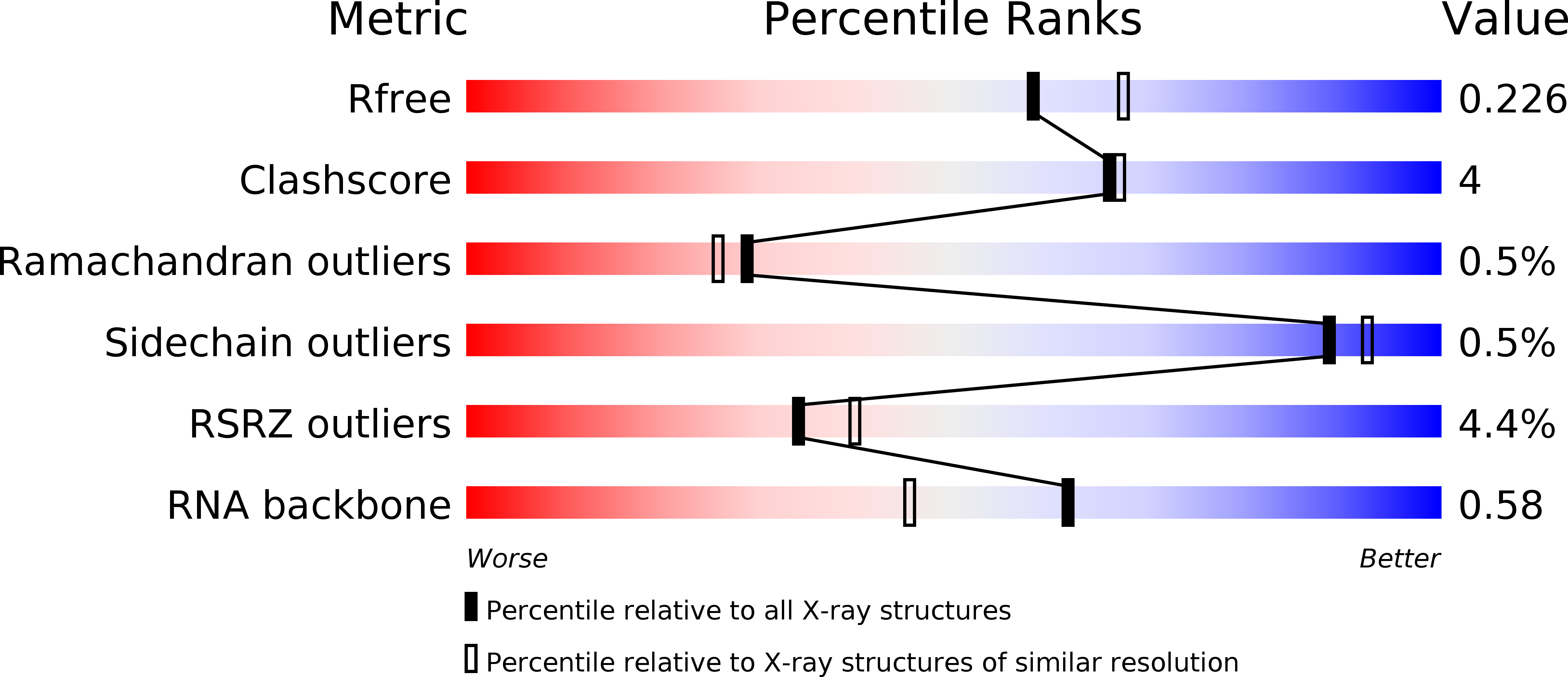
Deposition Date
2017-09-22
Release Date
2017-12-27
Last Version Date
2024-11-13
Entry Detail
PDB ID:
6B3K
Keywords:
Title:
Crystal structure of mutant Spinach RNA aptamer in complex with Fab BL3-6
Biological Source:
Source Organism:
Mus musculus (Taxon ID: 10090)
synthetic construct (Taxon ID: 32630)
synthetic construct (Taxon ID: 32630)
Host Organism:
Method Details:
Experimental Method:
Resolution:
2.09 Å
R-Value Free:
0.22
R-Value Work:
0.19
R-Value Observed:
0.19
Space Group:
C 1 2 1


